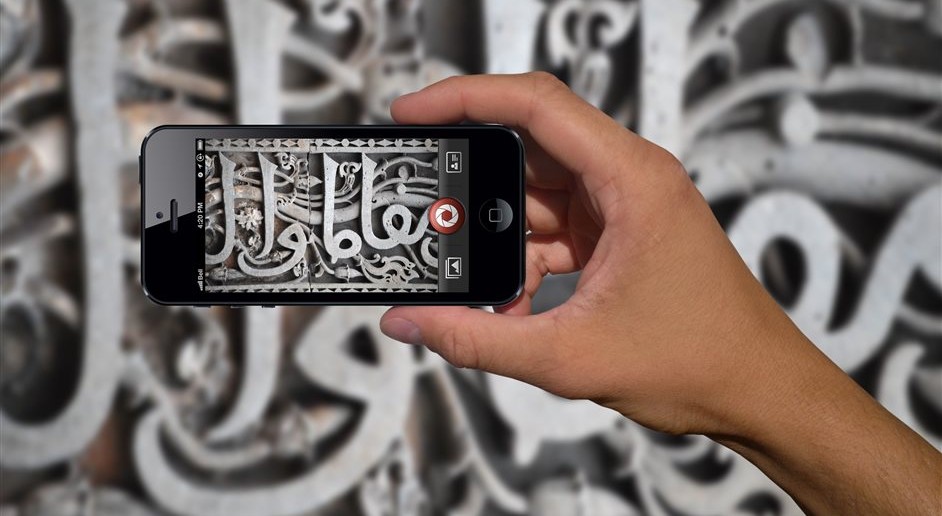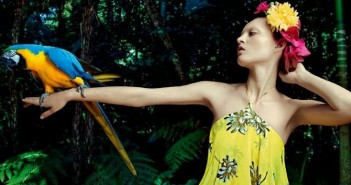The Shubbak Festival, a “Window on Contemporary Arab Culture,” is an arts-based festival running from the 11th to the 26th of July all throughout London. Comprised of visual arts, film, music, theatre, dance, literature, architecture and debate events, the Shubbak Festival is the largest of its kind in London, incorporating over 60 happenings across 42 venues.
The Shubbak Festival aims to be the door to art from the Arab worlds.
It features emergent voices in addition to more established artists from various countries. In its 2015 brochure, it asks, “What would [London’s] culture look like without the contributions of writers, artists and musicians who sought refuge here over the centuries?”
With such a range of events spread over the 16 days, there will surely be something for everyone, from talks about the rise of Arabic fiction in English to electronic music concerts to sculptural art shows.
This past Monday, we made our way to the Hayward Gallery, where one of the Shubbak Festival’s art shows is taking place. Echoes & Reverberations is a group exhibition that explores “sound as a medium of culture and history.” It showcases six contemporary artists who have all incorporated aspects of the aural in their respective pieces.
The exhibition stands as a testament to the power of sound. Many of the pieces have one or two sets of headphones, so the gallery space feels small and intimate – on a Monday afternoon, there are only a couple of viewers in the space. The effect is that the everyone interacts with the art pieces in a very personal way; upon putting on the headphones, listeners are plunged into another world. And, because the tracks play on an infinite loop, each listener enters at a different place in the recording – he or she must keep listening to fully experience the work. It is this aspect of the exhibit that is both novel and immersive, and forces the viewer/listener to confront whatever the artist is really trying to convey.
Most of the aural components are also paired with visual elements, like video recordings, text, drawings, or objects. The marriage of these disparate art forms creates undeniably dynamic presentations. In “Wisdom Tower” by Cairo-based artist Magdi Mostafa, for example, 84 speakers are connected to a standing panel. The sound reverberating from the speakers is the azan, the Muslim call to prayer, and a Friday sermon. Both were recorded in Cairo. Opposite the panel of speakers, text of both the Arabic and translated English flashes with the sound. The sermon, interestingly, explores gender and reproductive issues.
In another work, Joe Namy, a Beirut-based artist and composter, pairs his own text-based and musical composition with objects and photographs. The headphones spew out unfamiliar sounds, melodic musical recordings, and poetic lines from the artist. The objects on the floor and in the accompanying photographs are musical instruments, but take on abstract beauty when laid out in such symmetrical ways.
A personal favorite is Samah Hijawi’s “Paradise Series.” The Jordan and Belgium-based artist created collages out of magazines and digital images, and paired these with narrative audio recordings centered on Palestine. The effect is a constructed world of both fantasy and fact; the piece feels nostalgic for a time and place that may or may not still exist.
All of the works incorporate this combination of sound and visual art to represent places and ideas central to the Arab world. From a curatorial standpoint, the show does what the Shubbak Festival as a whole aims to do: it sheds light on the Arab experience, immerses the participant through a variety of mediums, and exhibits novel, beautiful, and interesting art works.
Find a list of the other events here – they’re spread all over London (and most are free!), so be sure to check them out before the festival is over.
Image: Nuqta: Art of the Pen, by Soraya Syed at Shubbak 2015










